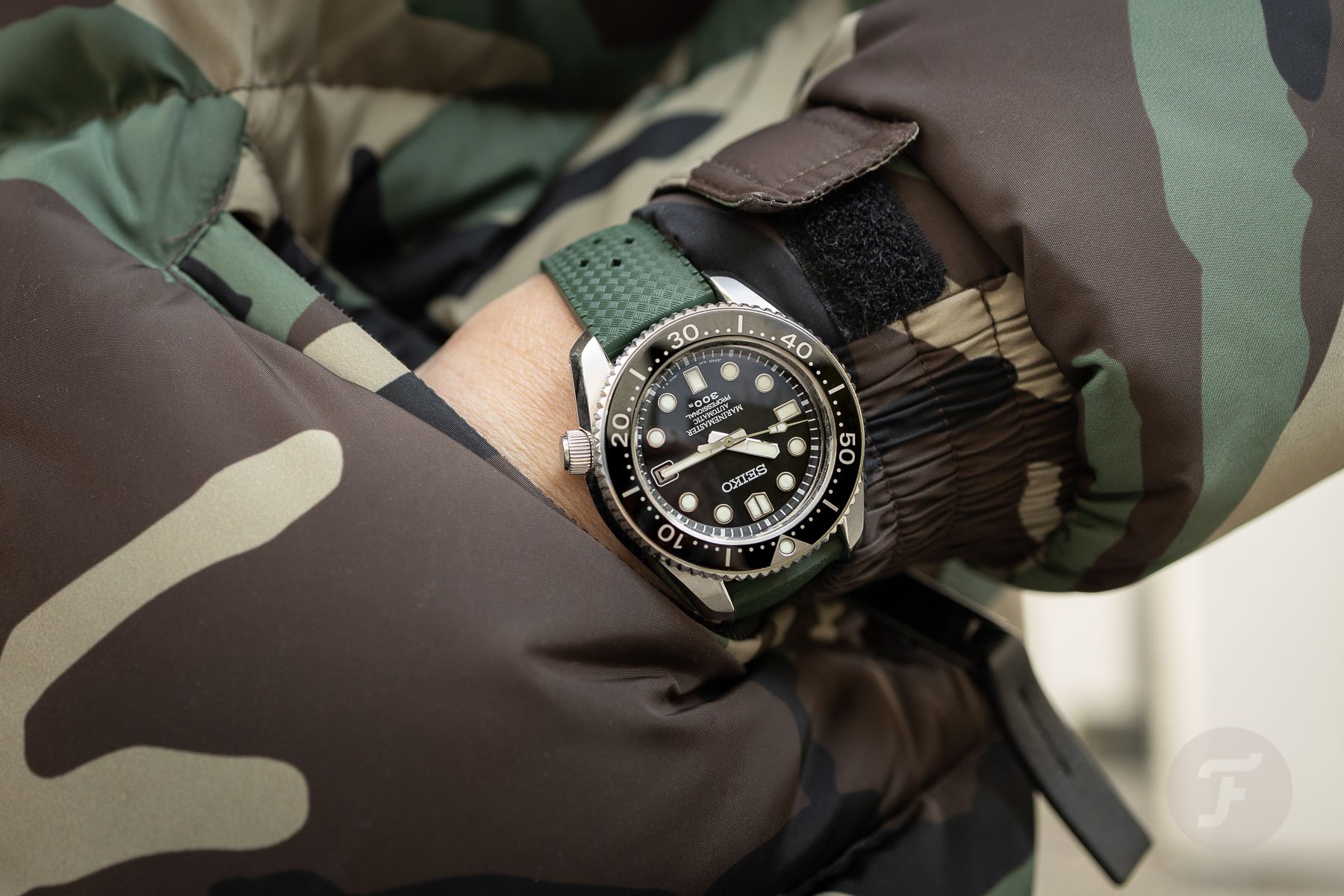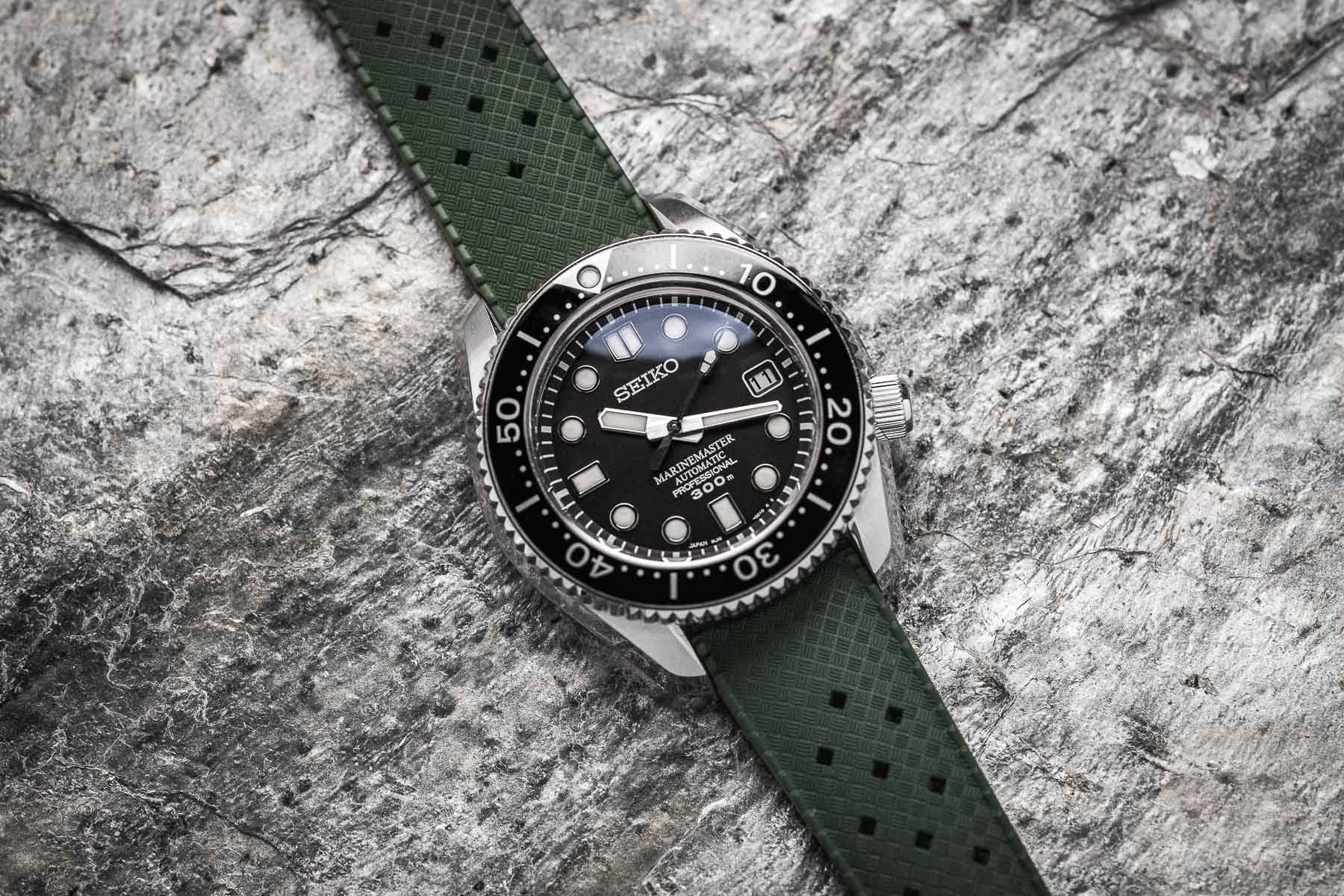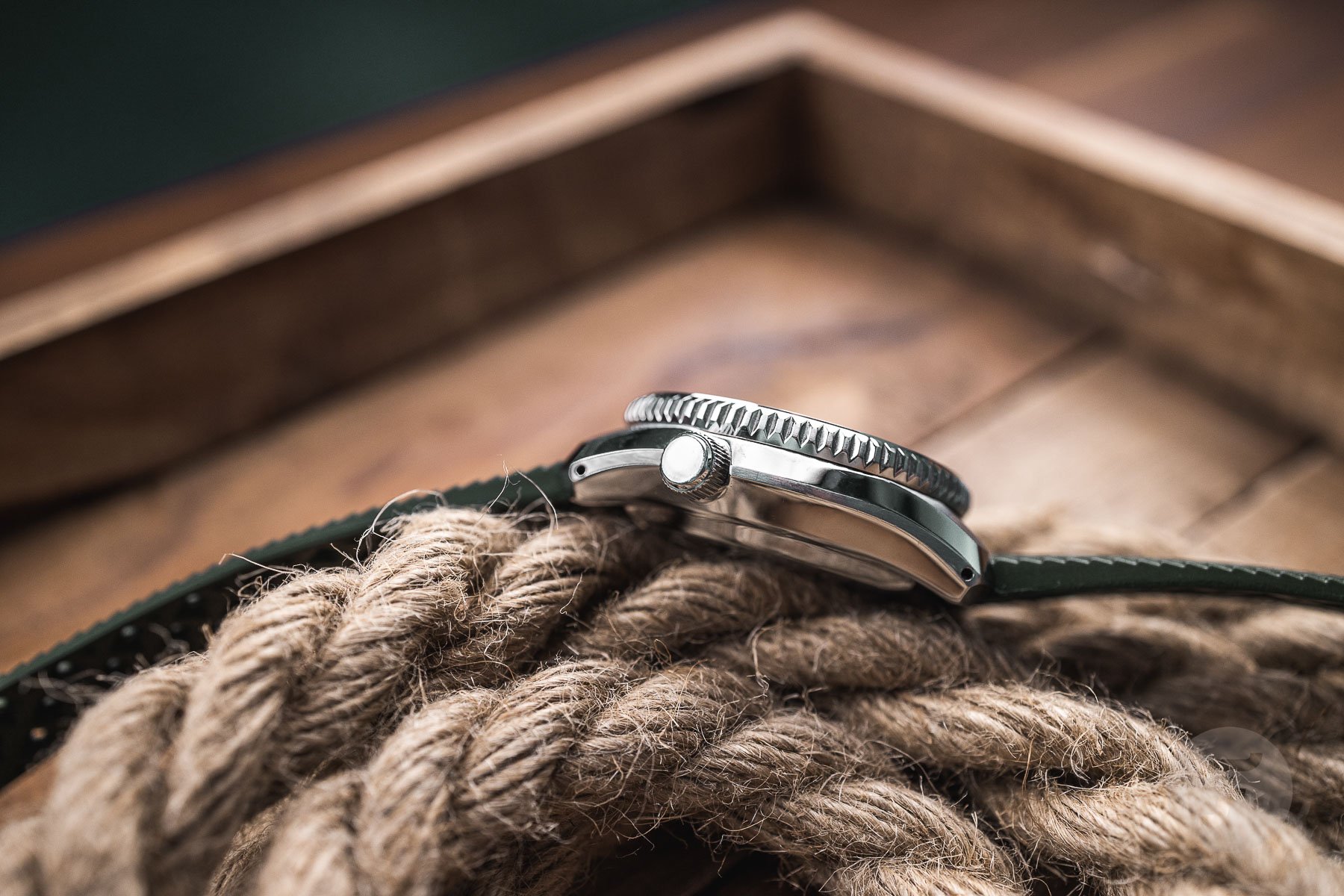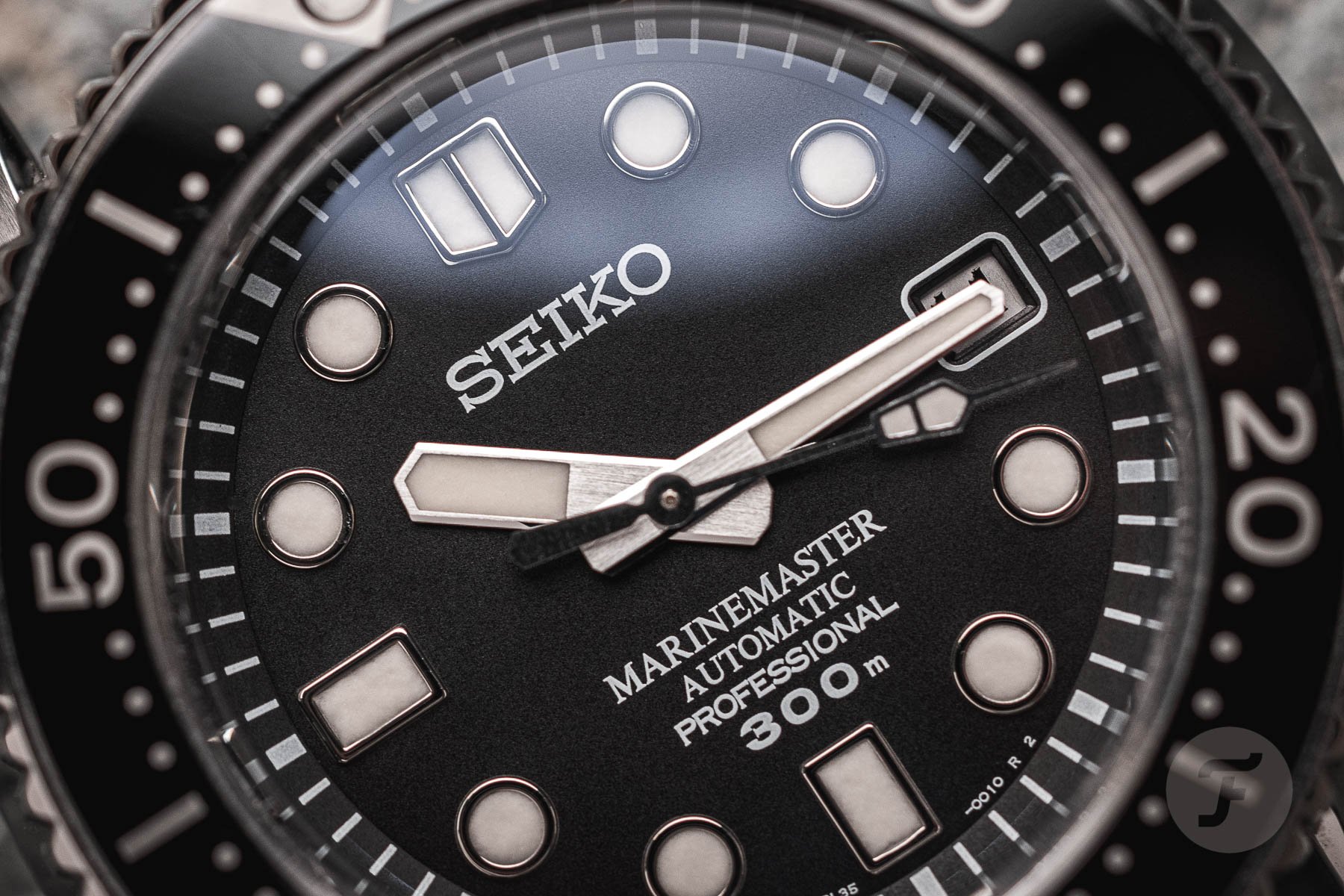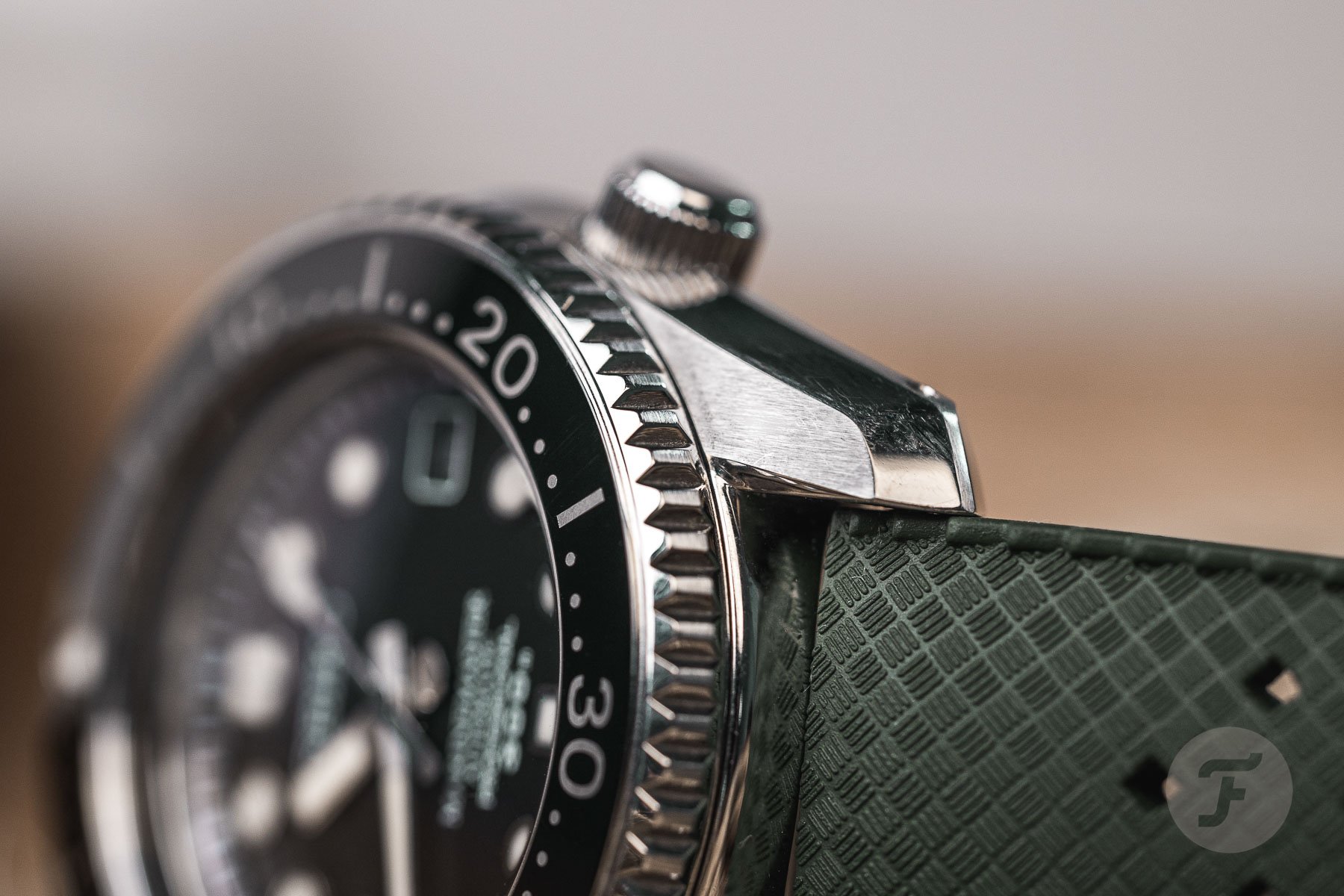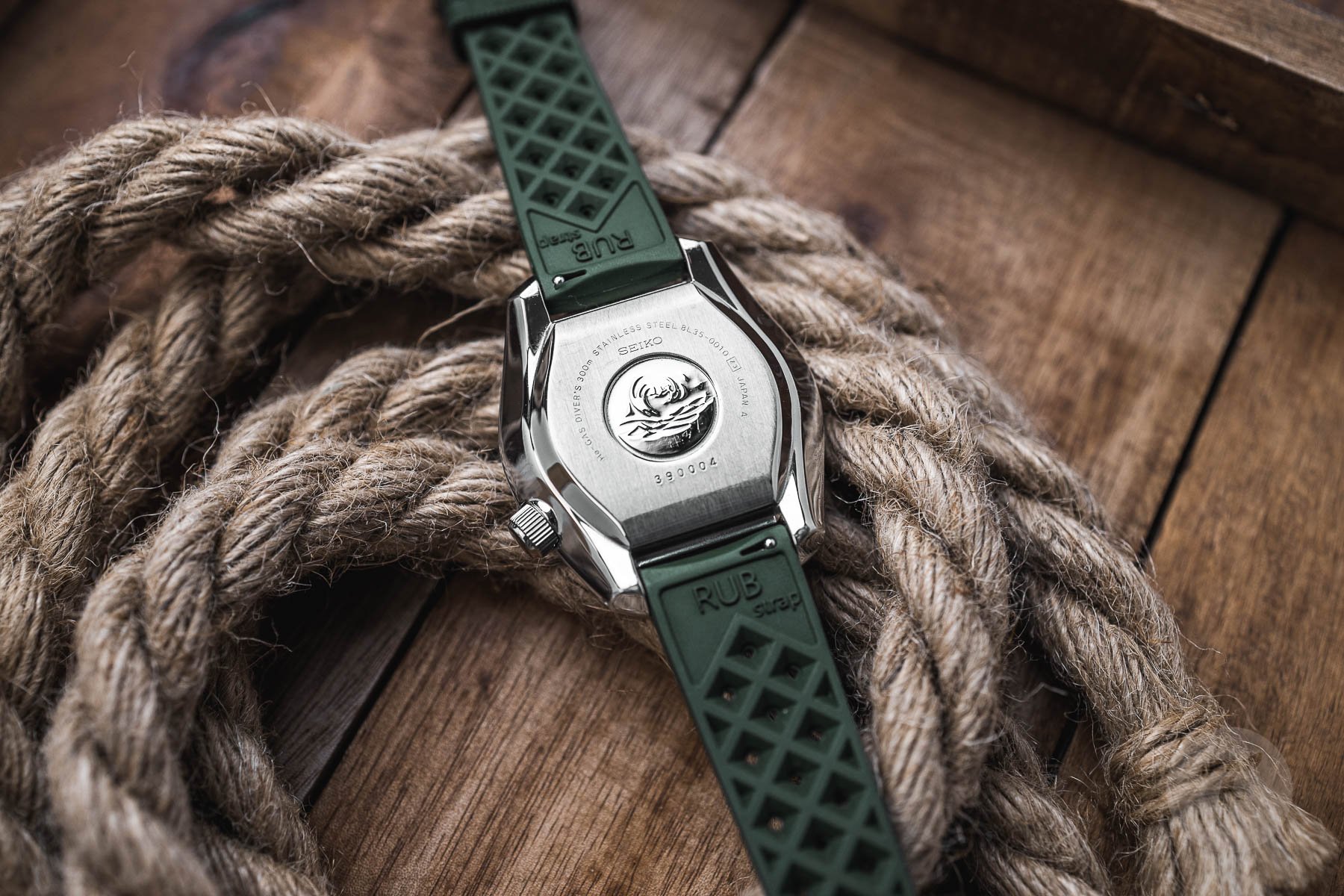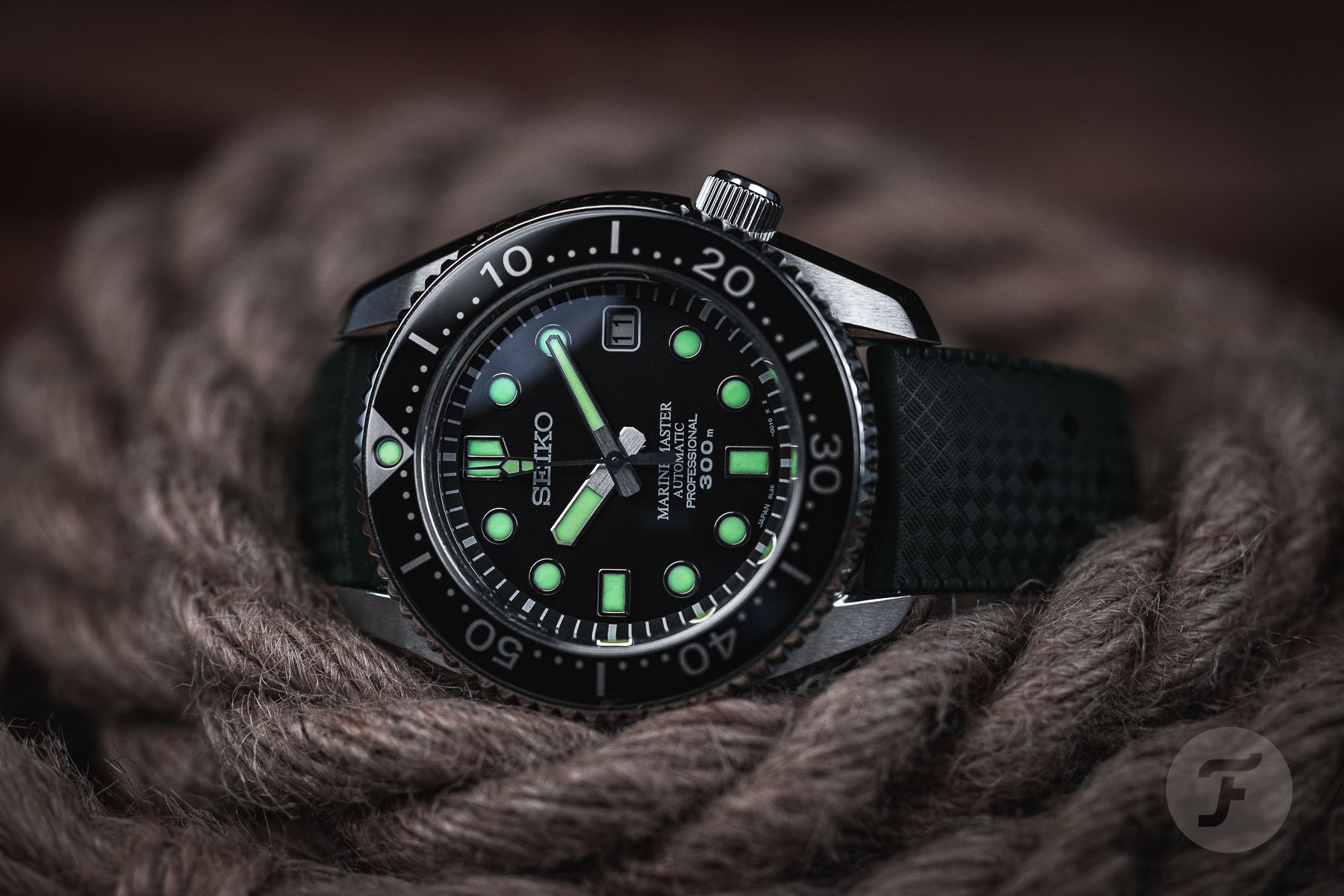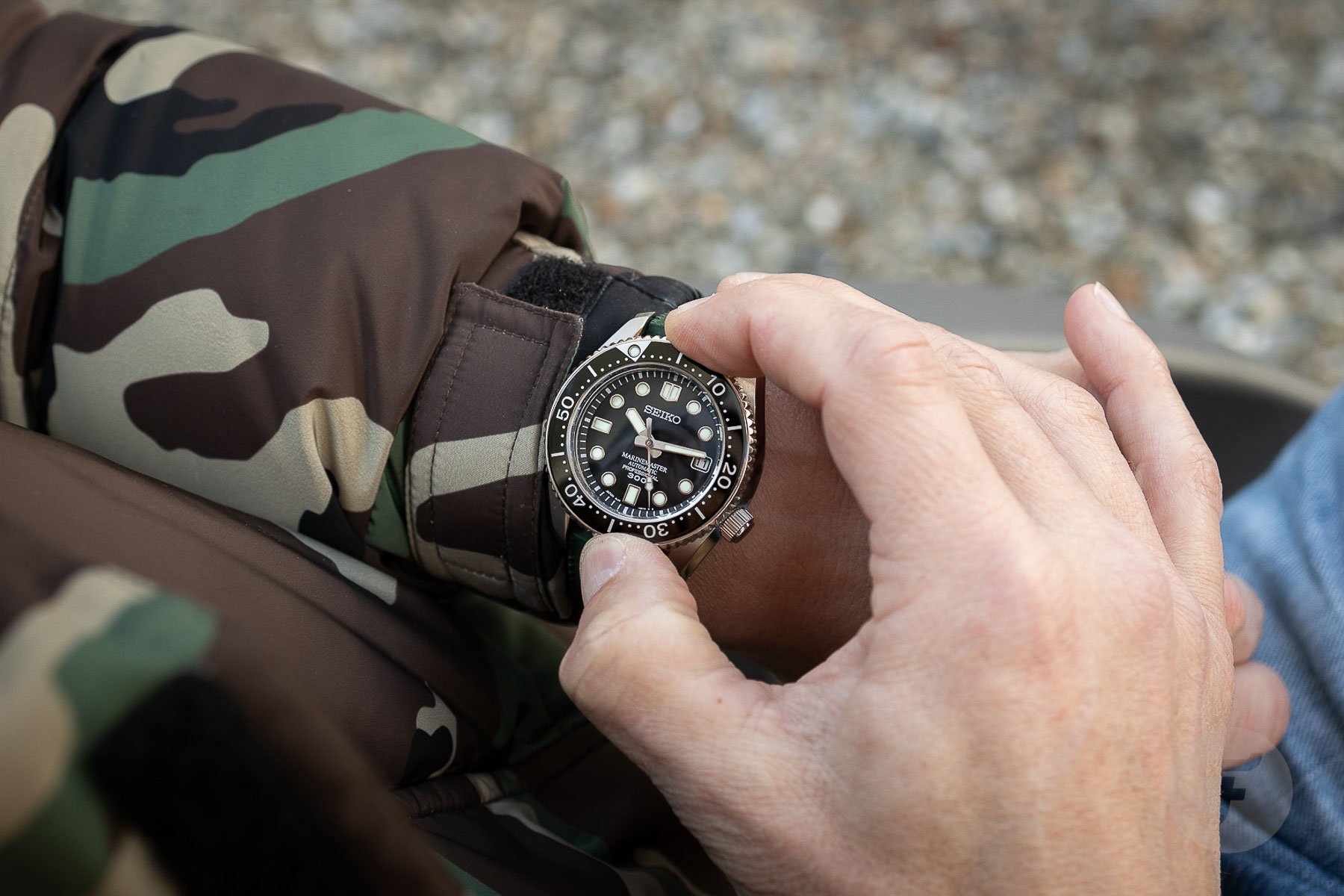Fratello Editors Share Their Seiko Stories: How RJ’s Marinemaster SBDX001 Changed His View On Seiko
Until 2014, I didn’t own any Seiko watches. That might not mean anything, but I had been into watches since the mid-1990s. It was my colleague Mike Stockton who “influenced” me to buy several Seikos in 2014 (after he joined) due to his articles. I was very comfortable spending a few hundred euros on a Seiko watch, but he also tried to get me into Grand Seiko. At the time, it was quite a step to take because those started at a few thousand euros. Then the Seiko Marinemaster SBDX001 came to the rescue. It was a watch that was priced in between the regular Seiko models that I had been buying and the Grand Seiko watches that were slightly above €6,000.
Seiko Marinemaster 300 SBDX001
Upon receiving the SBDX001, I could immediately see the difference between it and the Prospex SBDC001 that I had back then. And that should be visible, of course, as the SBDC001 was one-third of the price of this Marinemaster. Two important elements for me were the Marinemaster’s monobloc case and the Grand Seiko 9S55-based movement (caliber 8L35). I wouldn’t pleasantly discover that there was more to this watch until a few months afterward (more on that later).
It’s important to note that the watch is big and heavy. It has a 44mm diameter, a 14mm thickness, a 50mm lug-to-lug, and a 20mm lug spacing. The weight is impressive too at 198 grams on the steel bracelet with all links and 138 grams on the green tropic strap, as shown in the images in this article.
A different breed from what I had
I went from no Seiko watches to a handful of them in 2014. This Marinemaster 300, however, was a different beast (more on the history of the Marinemaster 300 here). The 8L movement is a step higher up the ladder than Seiko’s 6R movements that you find in the more budget-friendly Prospex series. But the finishing on the hands and case is also a step up. It was only later that I learned that the Marinemaster’s case received the same (Zaratsu) polishing as Grand Seiko watches. Additionally, the watch has this monobloc construction, meaning that everything needs to go in and out via the crystal. It’s one way to keep the watch water resistant and suitable for saturation diving (especially the decompression period afterward). It’s simply a very serious watch that can easily go head to head with dive watches in a higher price range.
The SBDX001 changed my view on Seiko
I have to be frank here and tell you that I always thought of Seiko as an affordable way into (mechanical) watches. But the quality and finishing of the Marinemaster 300 made me rethink that and realize that I’d been a bit naive about Seiko in the years before. The higher-end Seiko models definitely have an edge over the more affordable watches. Using the same brand name for a different range of watches can be confusing, for sure. It’s probably one of the reasons (or the reason) that Seiko made Grand Seiko a separate entity in 2017.
Speaking of that, I always wondered why two different brands use the Marinemaster model name. Besides Seiko, Fortis also has a Marinemaster collection. I asked the folks from Fortis about it recently, and they indicated that there has been a mutual agreement with Seiko about the use of this name. Meanwhile, Seiko dropped the Marinemaster name for this model with no reasons given. The watch is now part of Seiko’s Prospex collection, and the current reference is SLA021J.
Anyway, this Marinemaster 300 was really an eye-opener for me, especially when I visited the Grand Seiko manufacture in Japan a few months after I got it. I took it with me and was surprised to see this model being assembled and finished at the Grand Seiko manufacture in Morioka. No, it doesn’t make the Seiko Marinemaster 300 SBDX001 a Grand Seiko. However, it does show that it’s not far off. Inside the factory, we saw how they work on the polishing machines to get that famous mirror polishing on the Grand Seiko cases. The same technique was applied to these Marinemaster models as well.
What I didn’t like about the SBDX001
As you can see, the watch is on a tropic rubber strap now (this one), but it came on a stainless steel bracelet. It’s the one thing that I didn’t like about this watch because the extension system kept “extending” every time I opened the clasp. It was incredibly annoying, so I decided to take it off and seek a different solution. There wasn’t much wrong with the bracelet itself. It has the typical “Speedmaster” style that many Seiko and Grand Seiko watches have, but I felt the clasp and its extension system were just under par.
Lumibrite does its job
At one point, this watch went missing in my apartment. After a few days, I found that my daughter (when she was really little) took it and put it somewhere in her bedroom because she liked how it glowed in the dark. And it certainly does glow thanks to Seiko’s Lumibrite luminous material. As you can see in the photo above by our photographer Morgan, it glows well, even in dim conditions.
More Seikos
Based on my positive experience with this Marinemaster 300 SBDX001, I decided to pull the trigger on a Grand Seiko. I was (and still am) completely convinced by the high value for money this brand has to offer in all segments. However, it also didn’t stop me from buying more Seiko watches in the more affordable price range. Since then, I’ve added a few vintage Seiko watches, the Arnie re-edition, an Alpinist, 5 Sports, and so on. All are fun pieces to own and wear, but the Marinemaster 300 SBDX001 is simply in a different league. At the time, the retail price of the Marinemaster SBDX001 was €2,000. Today’s version of this watch, the SLA021J, retails for €3,200. Even at that price, I think it offers a lot of value. The current “Marinemaster 300” also has an upgraded sapphire crystal and an updated 8L35B movement.
What do you think of the Seiko Marinemaster? Has it or any other model changed your view on Seiko too? Let us know in the comments section below. You can also find all of our articles on Seiko here.

